JHSON faculty step forward in research, policy, and street-level care to take the fight to the coronavirus
It would be hard to find anyone who is completely prepared when an unknown virus suddenly triggers a global pandemic. But even in the scramble that followed the early 2020 global outbreak of COVID-19, there were several nurse leaders at the Johns Hopkins School of Nursing (JHSON) perfectly positioned—by experience, by training, by research, by their nature—to step out front and begin making a crucial difference in saving lives and slowing the spread.
As the first waves of COVID infection rolled across in the United States, the desperate need for artificial ventilators quickly became clear. They might be all that could save the sickest patients, and there weren’t nearly enough of them available. What wasn’t yet fully understood was how hooking up patients, a tricky procedure without proper training—combined with the danger of an aerosolized virus—could make things deadly for providers.

Associate Professor Vinciya Pandian, PhD, MBA, MSN, FAAN, a global expert on tracheostomy and intubation of patients, closely followed the trajectory of caregiver infections and immediately brought together a team to educate health care groups across the world and begin turning the tide. “For nurses and other caregivers, the first instinct is to save the patient,” Pandian explains. “While we would never want to squelch that instinct, absolute care must be taken to protect health care workers who might otherwise throw caution aside.”
Pandian is lead author of the recent publication “Critical Care Guidance for Tracheostomy Care During the COVID-19 Pandemic: A Global, Multidisciplinary Approach” in the American Journal of Critical Care. “What we need to do is find a way to make sure that essential caution becomes second nature, so the procedure is performed more confidently—and thus more quickly and efficiently—to save more patients without putting our own lives in danger.”
For nurses and other caregivers, the first instinct is to save the patient.
Thus, the protocols put forward by Pandian’s team of researchers, from the size and type of ventilator tube to the personal protective equipment (PPE) mandatory to safeguard health workers. “This pandemic presents an incredible challenge,” she says. “But the essential role played by ventilators is also an opportunity for caregivers and researchers focused on any illness or emergency that might result in intubation. The things we are learning out of necessity today will improve procedures and techniques—and thus quality of life for our patients—forever.”
Before the pandemic, Professor Jason Farley, PhD, MSN, MPH, FAAN, an infectious disease-trained nurse epidemiologist and a nurse practitioner, was embarking on the first fully telehealth-based study approved at Johns Hopkins, evaluating at-home treatment for sexually transmitted diseases including HIV/AIDS. At the time, he says, the concept of all-remote care seemed avant-garde. “It really felt like we were pushing the envelope,” says Farley, who adds that his infectious disease practice is now 90 percent telehealth.
It’s but one advance championed by Farley, who has become a key national spokesman on scientific and common-sense approaches to COVID-19, has trained caregivers statewide on proper use of PPE, established a mobile COVID-19 testing site in a parking lot behind the Johns Hopkins School of Nursing, and recently announced his commitment to personally take part in vaccine trials.
His research seeks to streamline care approaches that optimize navigation, linkage, engagement, and retention in care for individuals with infectious diseases, including studies designed to keep patients engaged in care over long periods of illness. He is the director and founder of the REACH Initiative serving Baltimore City residents living with and at risk for HIV and associated co-infections. He is a fellow in the American Academy of Nursing, most recently serving as chair of the Emerging Infectious Diseases Expert Panel. As a seasoned infection-prevention expert, he was part of a Johns Hopkins team evaluating the SARS response in China at an affiliated institution as well as country-level health system responses to tuberculosis and HIV co-infection.
In other words, this isn’t Farley’s first boxing match with an epidemic, and he’s not the type to back down. “We all really want to get back to normal as quickly as we can, and to be able to do that, we have to stand up and participate—all of us, as many as we can and as quickly as we can—in the various vaccine trials,” he told Bloomberg News. “I, like everyone else, want to get back to normal, and so I raised my hand to participate. As a researcher, it is my ethical obligation to also participate if I’m enrolling patients in trials.”
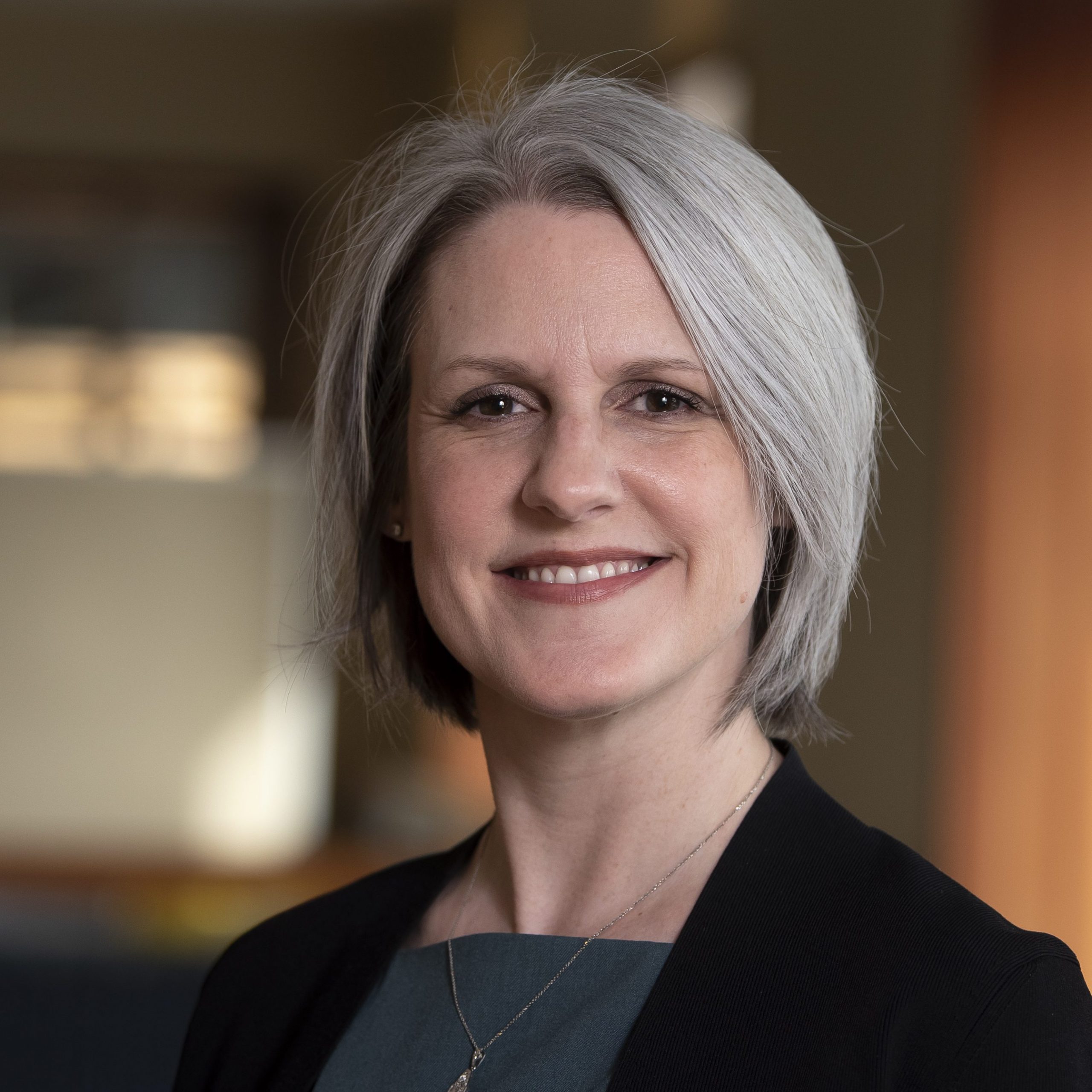
For Clinical Nurse Specialist Michelle Patch, PhD, MSN, RN, a transition to full-time assistant professor at JHSON would have to be temporarily set aside as she jumped to join the core of Johns Hopkins Medicine’s pandemic response as an operations chief of its unified command center. Through spring and summer, she worked on a team to untangle a knot of logistical puzzles, like how to allocate personal protective equipment evenly across the institution. “It was constant maneuvering and a lot of stress,” Patch says. “And that feeling of personal responsibility.”
It was constant maneuvering and a lot of stress, and that feeling of personal responsibility.
There was no second-guessing. The months that have followed have only reinforced in the researcher, educator, and caregiver a belief in the huge role to be played by nurses with the proper education and practice authority. And what she has accomplished—and learned—on COVID’s front lines will soon enough come with her back to the classroom.
This article includes reporting from Johns Hopkins University’s newsletter, the HUB.
Working Remotely
Stacie Stender, ’99, ’01, facilitates response for Jhpiego.
Stacie Stender, a senior technical advisor with Jhpiego, was somewhere on the West Coast, having stopped for only a moment as she, her husband, and a new pup rode out the COVID-19 pandemic in an Airstream Basecamp trailer. It’s no vacation, days filled with the same cavalcade of virtual meetings and sensitive discussions as her normal schedule, with the added stress of connecting with people in time zones across the world. From the camper, Stender uses her cellphone to create a portable WiFi hotspot, logs on to her computer, and she is wherever her leadership is needed most.
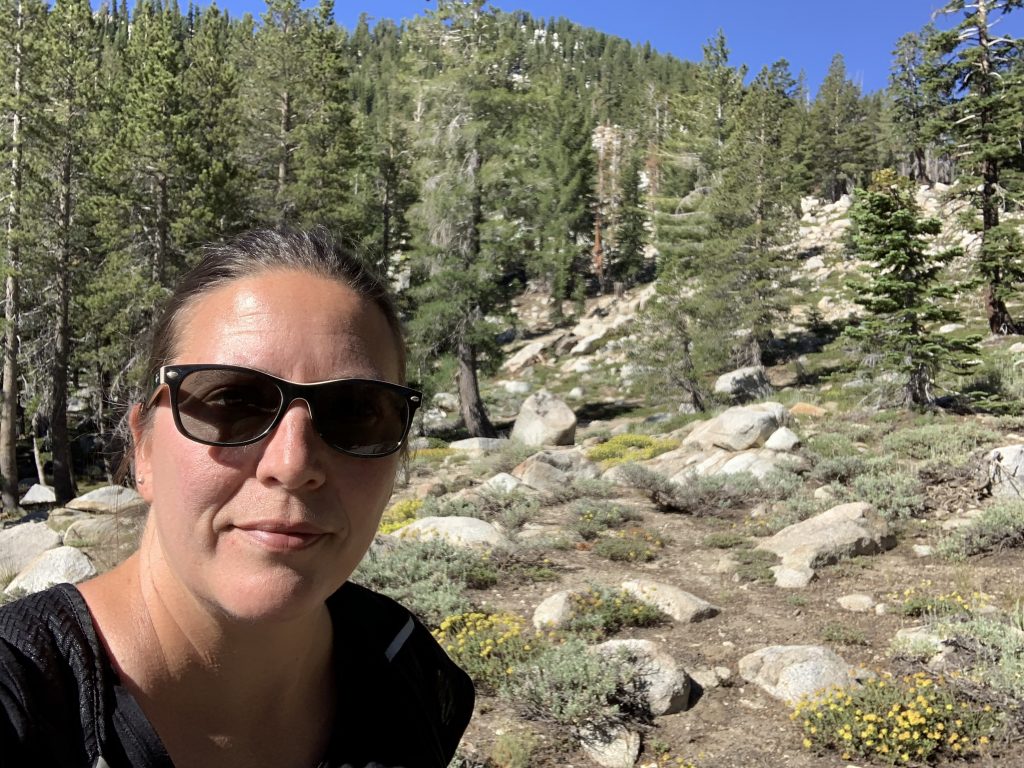
A family nurse practitioner and specialist in infectious diseases, Stender is no stranger to outbreaks—spending up to 50 percent of her time each year on the road building health systems and capacity in several of the 41 countries that Jhpiego serves—or to travel. She has spent 18 years traversing sub-Saharan Africa, India, and Haiti, focused on revitalization of primary care and ensuring equitable access to health care.
Along the way, she’s helped ramp up efforts to combat HIV, tuberculosis, and now coronavirus. Her job is to observe, analyze available data, have frank conversations without overstepping or condescending, and “get the evidence in the right hands and make sure people are sharing the information.” Stender must keep the focus on facts, not local rumors, and filter a stream of information for what’s most relevant there and then.
Get the evidence in the right hands and make sure people are sharing the information.
“We synthesize and translate evidence into practice on the ground,” she explains. Protocols must be developed and tested and adapted locally. Cultivating relationships and trust with a local nurse or physician in each country is a crucial task. After all that, “It’s still up to governments to implement them.” That can be among the biggest challenges. (“Misinformation on COVID-19 is not unique to the U.S.,” she says.)
Stender loves the job, and has learned to roll with it. The current road trip began as a journey to a July memorial service at Lake Tahoe in Nevada for her brother, who died in January. Afterward, Stender and her husband decided, “Let’s just keep going.” Besides, “home” is a different concept these days. Even while getting back in touch with America through its back roads, Stender has left her heart in South Africa, where she had lived since 2004. She returned to the U.S. in March, leaving “a beautiful home in Cape Town,” a favorite sushi joint, beloved colleagues, and the convenience of a time zone that more closely matched that of nations she frequently visits or Zooms into.
The dream is to eventually split the year between the U.S. and South Africa, but scale back her other international travel even as she looks for ways to make a greater impact on health systems wherever she may be. Of course, COVID-19 will have a lot to say about the timing of her plans. She’ll cross that bridge, ocean, or stretch of highway when she gets there.
Meanwhile, Stender thinks we will all take some positive social and work-life lessons away from the pandemic. “People are starting to recognize how precious time is,” she says. “We’re learning to not just talk for an hour at meetings, or have a meeting just to have a meeting, but respect each other’s time—start on time and end early if you’re finished.”
Many among us would give the world to see that.

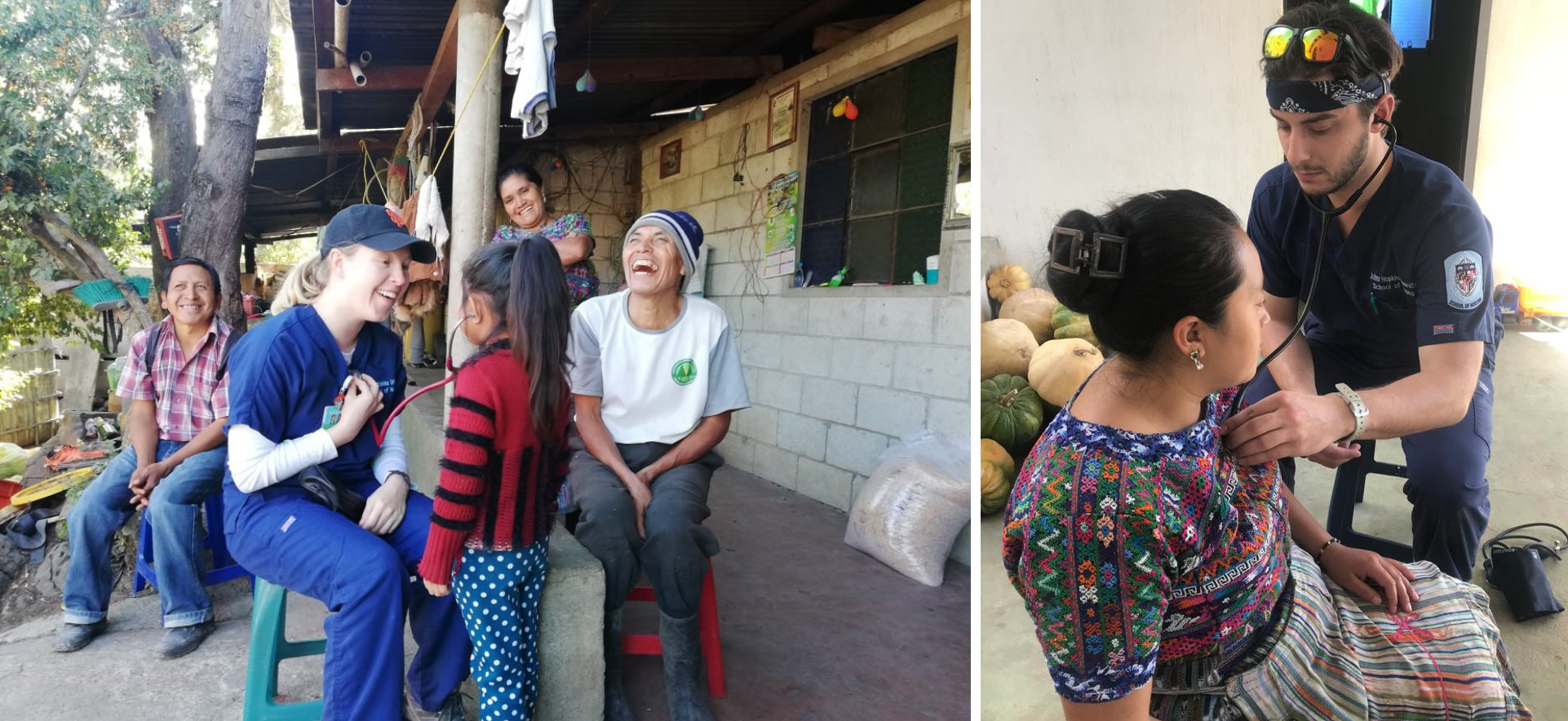 Guatemala Re-visited: Rainwater Project Shows Value of Service-learning Trips
Guatemala Re-visited: Rainwater Project Shows Value of Service-learning Trips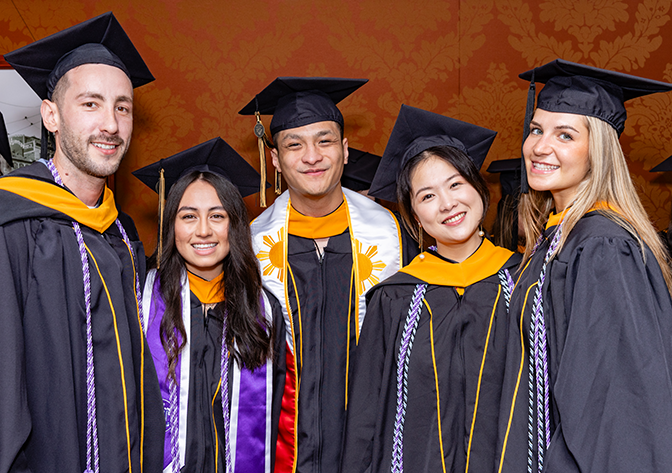 Awards for Diversity
Awards for Diversity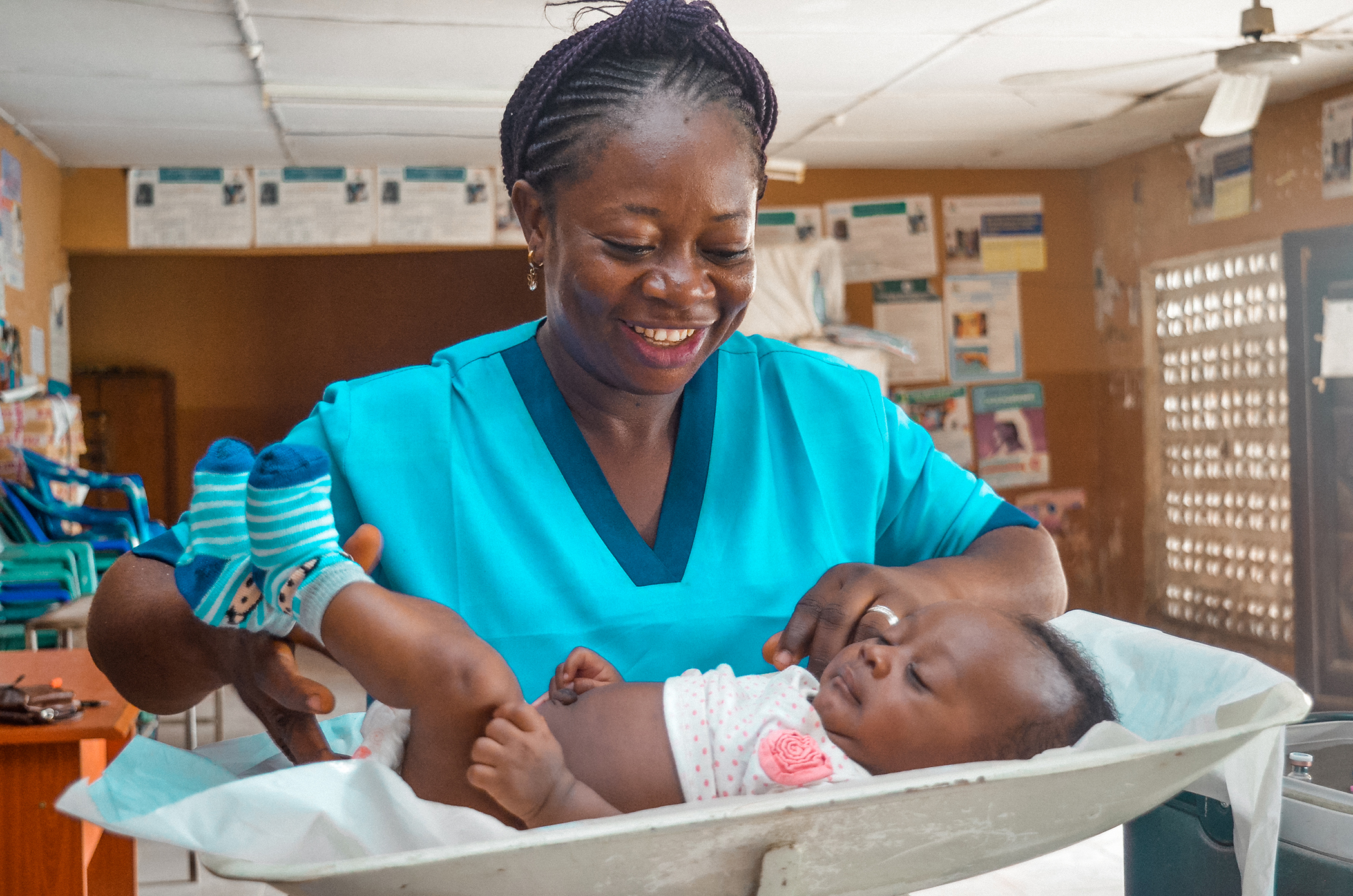 Nurse Edith Brings Primary Health Care to Everyone in Rural Nigeria
Nurse Edith Brings Primary Health Care to Everyone in Rural Nigeria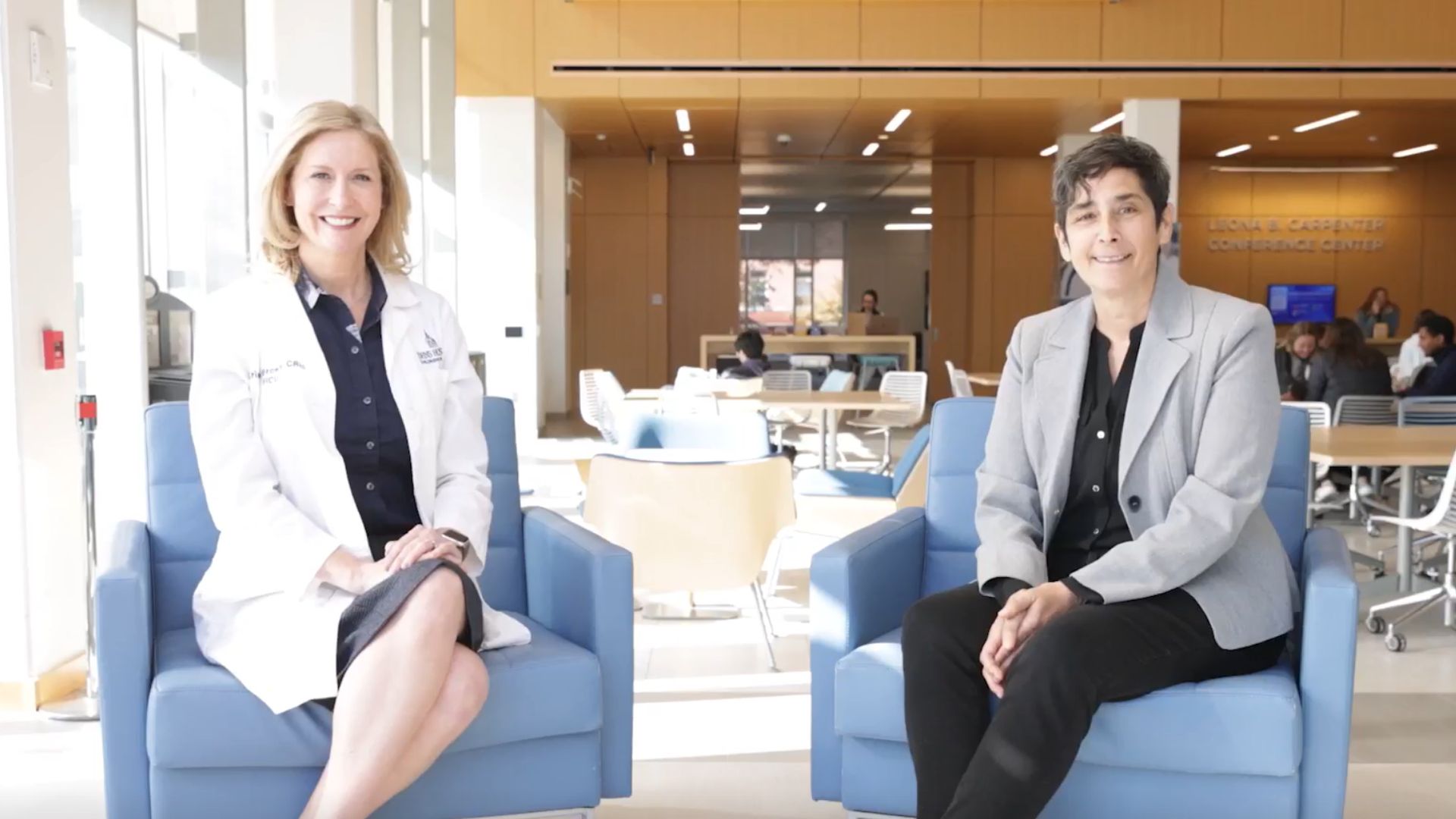 From Health at Home to ICU, Pediatric Nurse Practitioners Talk About the Care Continuum
From Health at Home to ICU, Pediatric Nurse Practitioners Talk About the Care Continuum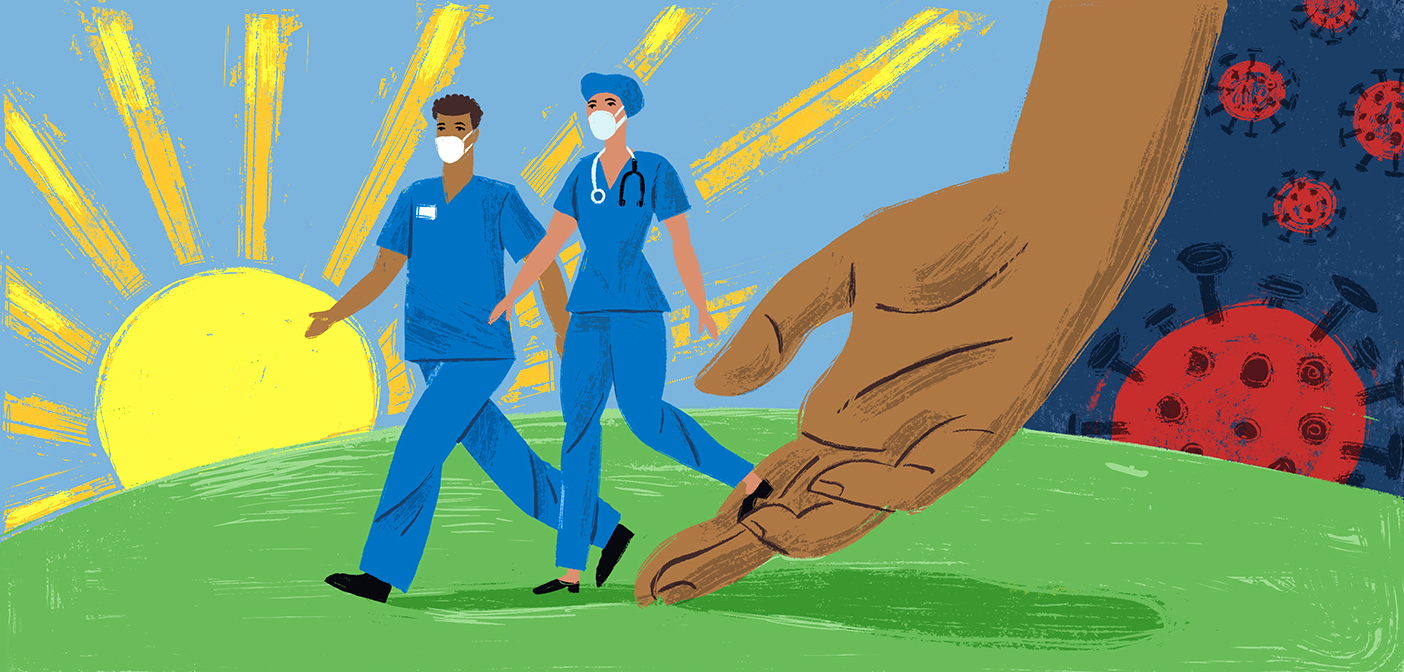 COVID and Nursing: Where to from Here?
COVID and Nursing: Where to from Here?







